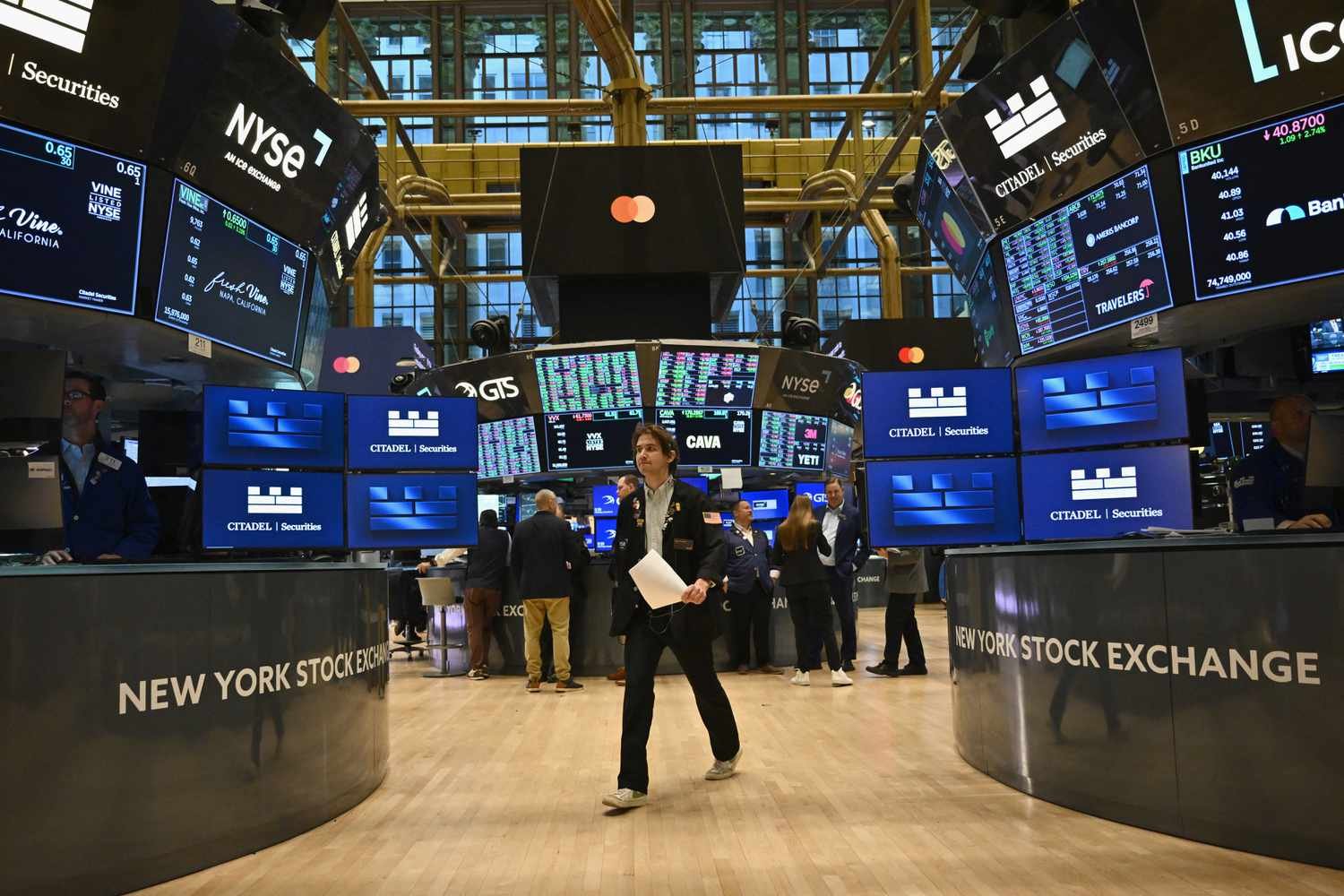By Lewis Krauskopf
NEW YORK (Reuters) – More stocks are participating in the S&P 500’s latest march to record highs, easing concerns over a rally that has been concentrated in a handful of giant technology names for much of 2024.
The S&P 500 is on track to gain 5% in the third quarter, which ends on Monday. This time, however, optimism that the Federal Reserve’s rate cuts will boost U.S. growth is pushing investors into shares of regional banks, industrial companies and other beneficiaries of a strong economy and lower rates, in addition to the tech-focused stocks that have already seen massive gains this year.
More than 60% of S&P 500 components have outperformed the index so far this quarter, compared to around 25% in the first half of the year.
At the same time, the equal-weight version of the S&P 500 — a proxy for the average index stock — has gained 9% in the quarter, outperforming the S&P 500, which is more influenced by the heavily weighted shares of megacaps such as Nvidia and Apple.
The broadening rally is an encouraging sign for stocks, investors said, following concerns that the market could be vulnerable to a reversal if the cluster of tech names propping it up fell out of favor.
The “soft-landing” narrative of resilient growth will be tested by employment data at the end of the week and the start of corporate earnings season in October.
The second half of the year so far is “almost a mirror image of what the first half was,” said Kevin Gordon, senior investment strategist at Charles Schwab. “Even if the megacaps aren’t contributing as much, as long as the rest of the market is doing well… I think that’s a healthy development.”
The Fed kicked off its first rate cutting cycle in four years earlier this month with a 50-basis point reduction, a move Chairman Jerome Powell said was meant to safeguard a resilient economy. Traders are pricing an even chance of another jumbo-sized reduction when the central bank meets again in November and project over 190 basis points of cuts through the end of 2025, according to LSEG data.
Various corners of the stock market are benefiting from expectations of lower rates and steady growth.
The S&P 500’s industrial and financials sectors – seen by investors as among the most economically sensitive areas – are up 10.6% and about 10%, respectively, in the third quarter.
Falling rates are also a boon to shares of smaller companies, which disproportionately struggle with elevated borrowing costs. The small-cap focused Russell 2000 is up nearly 9% this quarter.
The market’s bond proxies – stocks with strong dividends – are also attracting investors seeking dividend income as bond yields fall alongside interest rates. Two such sectors, utilities and consumer staples, have climbed 18% and 8%, respectively so far this quarter.
Mark Hackett, chief of investment research at Nationwide, said the broadening builds on a trend that appeared before the September 17-18 Fed meeting.
“We were going to have this greater participation, this leveling of performance among sectors, and then you had the Fed cut more aggressively and that’s leading to… an acceleration of that trend,” he said.
‘QUITE HEALTHY’
In all, seven of the S&P 500’s 11 sectors are outperforming the index in the third quarter. By comparison, only technology and the communications sector, which includes Google parent Alphabet and Facebook owner Meta Platforms, outperformed the broader index in the first half of the year.
The S&P 500 is up more than 20% year-to-date, at record-high levels.
Meanwhile, the overall influence of the megacaps has moderated. The combined weight in the S&P 500 of the “Magnificent Seven” — Apple, Microsoft, Nvidia, Amazon, Alphabet, Meta and Tesla — has declined to 31% from 34% in mid-July, according to LSEG Datastream.
“I find it to be quite healthy that tech has kind of consolidated,” said King Lip, chief strategist at BakerAvenue Wealth Management. “We’re not in a bear market for tech by any means. But you’ve definitely seen some evidence of rotation.”
Investors would likely need to see further proof of economic strength for the broadening trend to continue. Jobs data on Oct. 4 will be one test of the soft landing scenario, after the prior two employment reports were weaker than expected.
Market participants will also want to see non-tech firms deliver strong earnings in the months ahead to justify their gains.
Magnificent Seven companies are expected to increase earnings by about 20% in the third quarter, against a profit rise of 2.5% for the rest of the S&P 500, according to Tajinder Dhillon, senior research analyst at LSEG. That gap is expected to shrink in 2025, with the rest of the index expected to increase earnings by 14% for the full year against a 19% rise for the megacap group.
In a soft landing scenario, the Magnificent Seven “should not have to carry the profit rebound alone,” Lisa Shalett, chief investment officer at Morgan Stanley Wealth Management, said in a recent report.
“We are in the ‘show me’ stage for the soft landing,” Shalett said.
(Reporting by Lewis Krauskopf; editing by Ira Iosebashvili and Bill Berkrot)

















